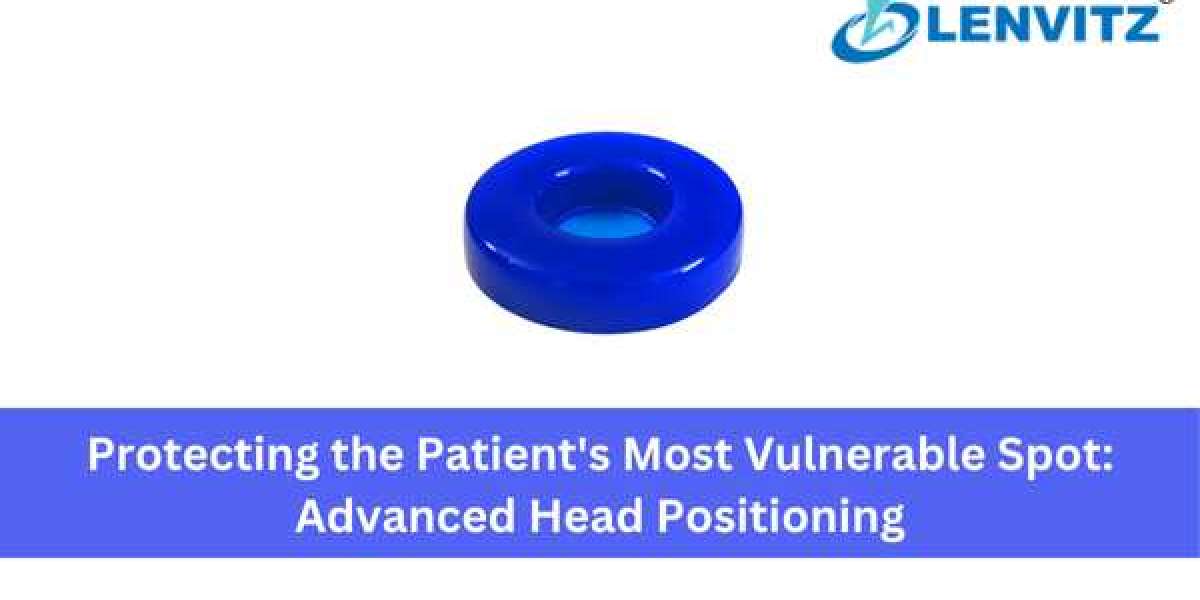Under Pressure: How Head Gel Pads, Head Ring, Silicon Head Ring, and Prone Head Rest Ensure Safety in Surgery
In the operating room, maintaining patient safety during surgery goes beyond the procedure itself. One of the most critical and vulnerable areas requiring meticulous care is the head and neck. When a patient is unconscious and still for hours, the pressure exerted on the skull, ears, and facial tissues can lead to severe complications, including pressure ulcers, nerve damage, and even vision loss. Modern medical teams rely on specialized gel technology, such as the Head Gel Pad and prone head rest, to safeguard this vital area.
The Core Challenge: Pressure and Positioning
During any surgery, whether the patient is lying on their back (supine) or face-down (prone), the back of the head (occipital area) is susceptible to concentrated pressure. In a supine position, this can lead to pressure sores; in a prone position, it risks facial and ocular injury.
The Technology of Pressure Relief
- Head Gel Pad: The Head Gel Pad is a fundamental piece of equipment designed to cushion the head and distribute its weight evenly. Made from viscoelastic medical-grade polymer, this pad conforms to the shape of the skull, mimicking the body's natural fatty tissue. This conformity eliminates the "hot spots" of pressure that cause tissue damage, making it a superior choice over standard foam supports for protecting the back of the head during extended periods of rest or surgery.
- Head Ring and Silicon Head Ring: The head ring—particularly the silicon head ring—is a contoured device that cradles the head, but its design is key: it supports the edges of the skull while creating a pressure-free space for the very center of the occiput. This design is critical for preventing pressure ulcers in the high-risk area at the back of the head. The silicon head ring provides stability while its gel material maintains its cushioning properties throughout a lengthy operation.
Specialized Protection for Face-Down Procedures
Procedures requiring the prone position (patient lying face down), such as spinal surgery, present unique risks to the eyes and facial structure.
Safeguarding the Face and Airway
- Prone Head Rest: The prone head rest is specifically engineered for face-down surgeries. Its design is typically a horseshoe shape or a contoured cushion that supports the patient's forehead and chin while leaving a crucial open space beneath the eyes, nose, and mouth. This open area serves two vital functions:
- Airway Management: It ensures the airway remains clear and open for breathing.
- Ocular Protection: It prevents any direct pressure on the eyeballs, a risk that could lead to vision loss.
- The gel within the prone head rest ensures that the pressure on the supported areas of the face is minimal and evenly distributed, dramatically enhancing safety during these complex procedures.
A Non-Negotiable Component of Modern Care
The meticulous use of the Head Gel Pad, silicon head ring, and prone head rest is a clear indicator of a healthcare facility’s commitment to comprehensive patient safety. By mastering the art of head positioning with these advanced tools, medical teams ensure that patients emerge from surgery with no preventable injury, allowing them to focus solely on their primary recovery.








